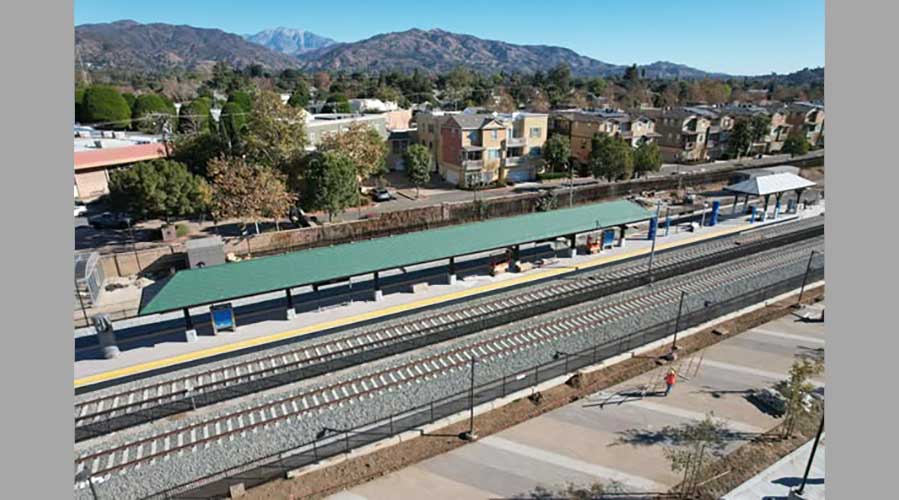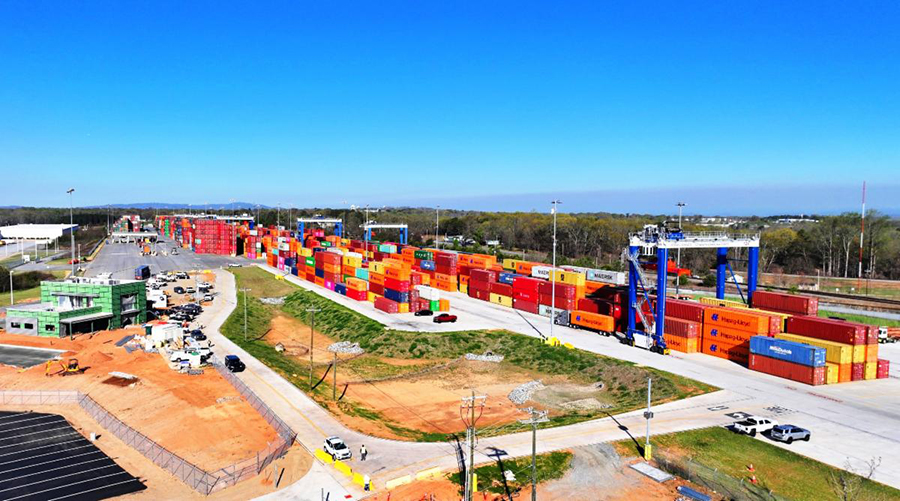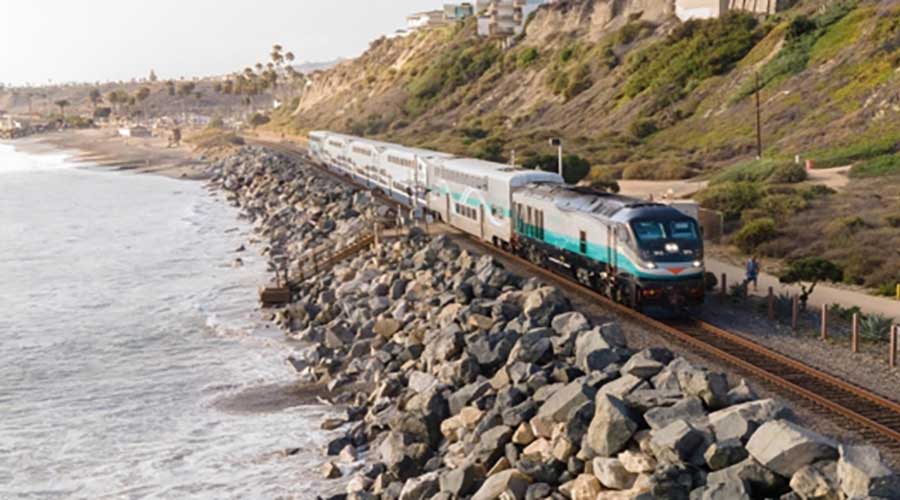Stay updated on news, articles and information for the rail industry
8/5/2015
Rail News: Short Lines & Regionals
Study: Washington state's short lines need $600 million in upgrades
More than half of short-line rail lines in the state of Washington aren't up to modern standards, according to a recent study by the Washington State Department of Transportation (WSDOT) and Washington State University.
The Washington State Short Line Rail Inventory and Needs Assessment was performed by the WSDOT and the university’s Freight Policy Transportation Institute at the request of the Washington State Legislature, according to a WSDOT press release.
The state is home to 29 short lines, many of which are local and serve agriculture and timber-growing communities. The study found that more than 55 percent, or 740 miles, of all short-line track miles within the state are not able to handle 286,000-pound rail cars used in modern freight transport, resulting in slower train speeds and increased wear-and-tear costs.
Due to neglect over many years, bringing the lines up to modern standards could cost more than $600 million, the study determined.
The study also examined the economic benefits that short lines provide to the state. In addition to transporting goods to market, they help minimize roadway congestion and damage to highways. As an example, the study cited Tacoma Rail, which generates more than $11 million annually in public benefits that extend beyond cost savings to businesses and shippers. Those benefits include increased safety due to reduced truck trips and less wear and tear on roads.
The Legislature recently passed a new revenue package that includes $107 million for statewide freight-rail track improvements. The funding included $47 million for the state-owned short-line rail system and $31 million for the Freight Rail Assistance Program, which supports economic development and rail preservation initiatives.


 LRW Honors Amtrak’s Acheson As Railway Woman Of The Year
LRW Honors Amtrak’s Acheson As Railway Woman Of The Year
 From Editor-In-Chief Foran: Of Gender Equity And Inclusion
From Editor-In-Chief Foran: Of Gender Equity And Inclusion
 Spotlight On Some Of Today’s Rail Safety Products
Spotlight On Some Of Today’s Rail Safety Products
 Women of Influence in Rail eBook
Women of Influence in Rail eBook
 railPrime
railPrime







